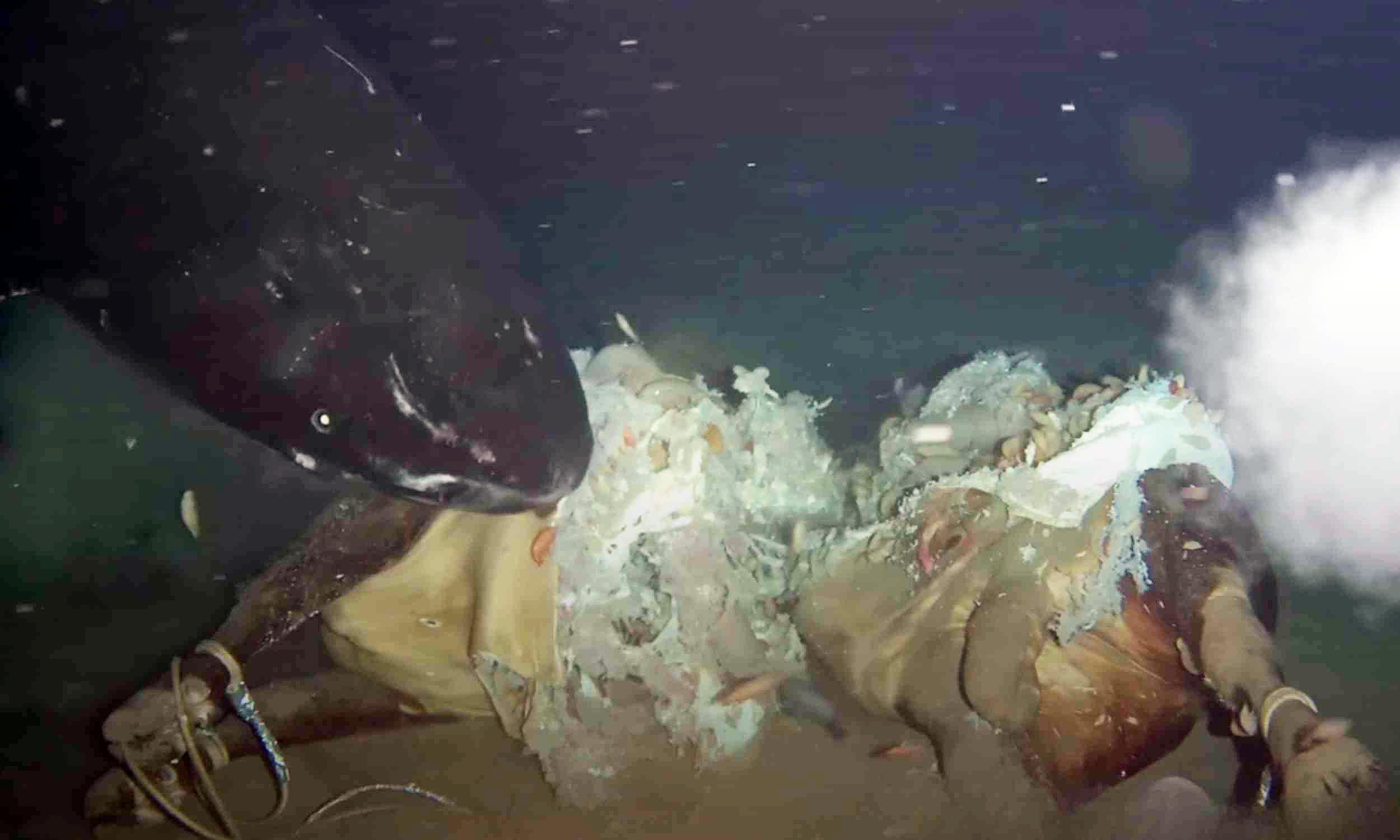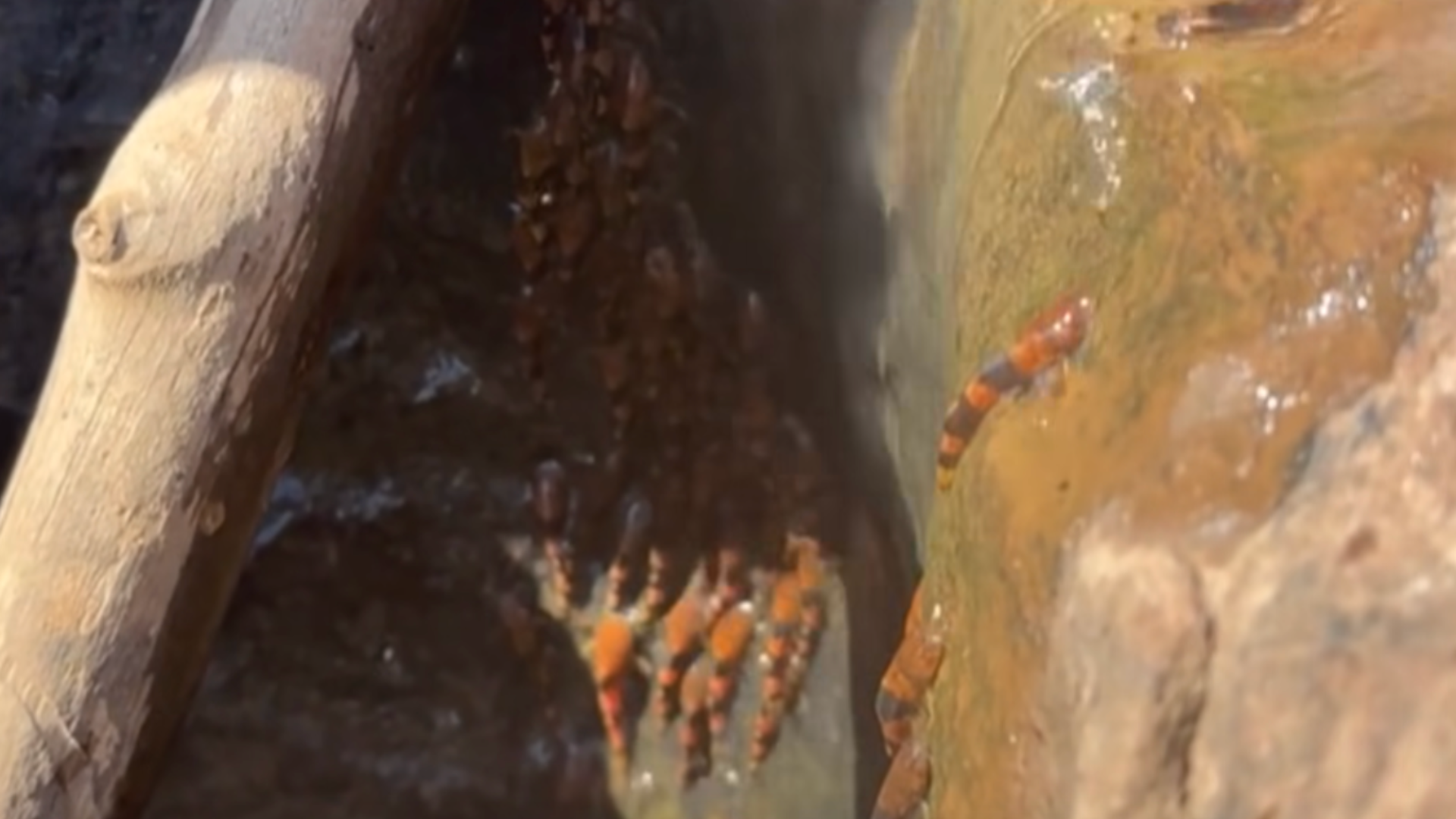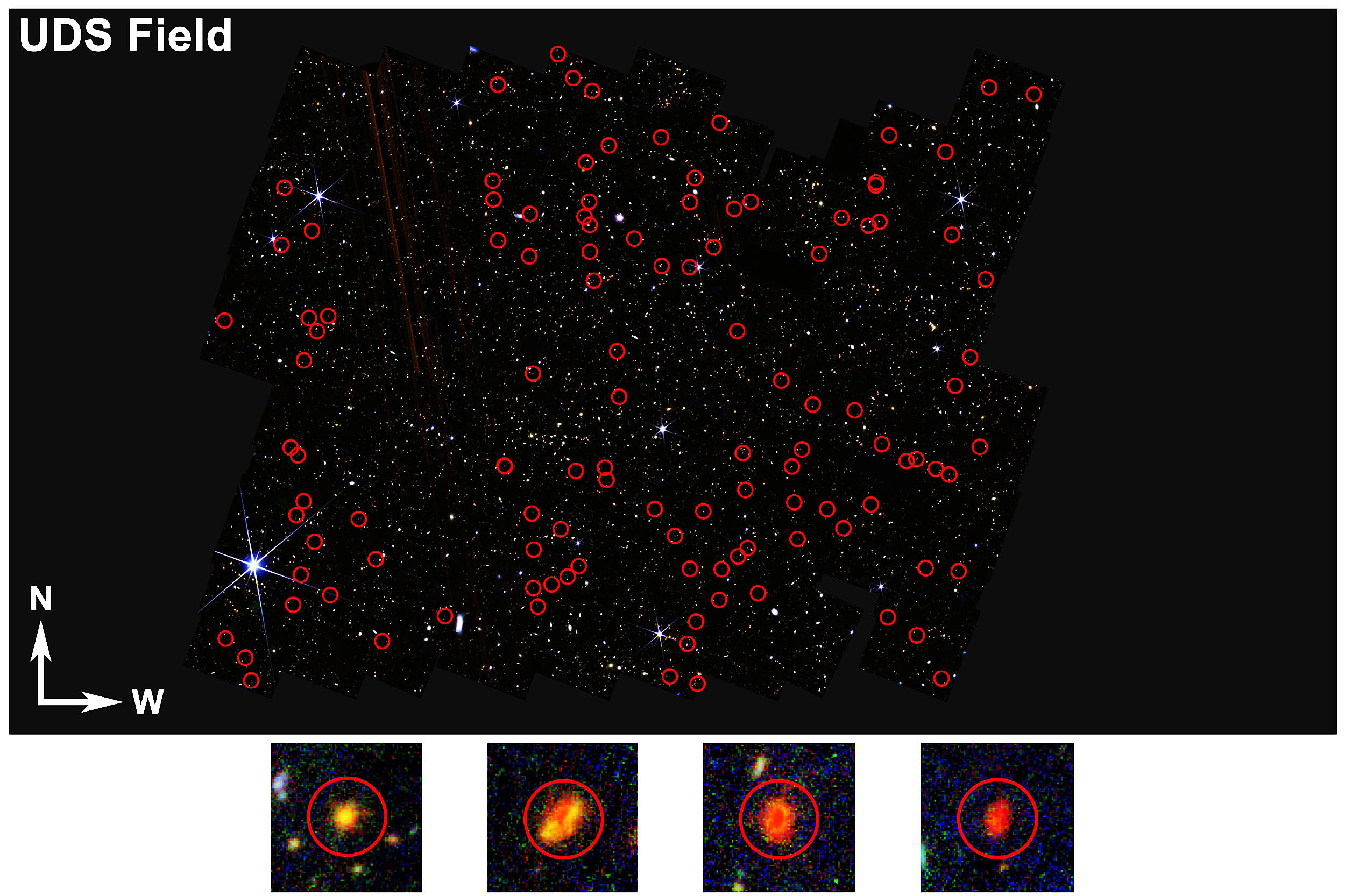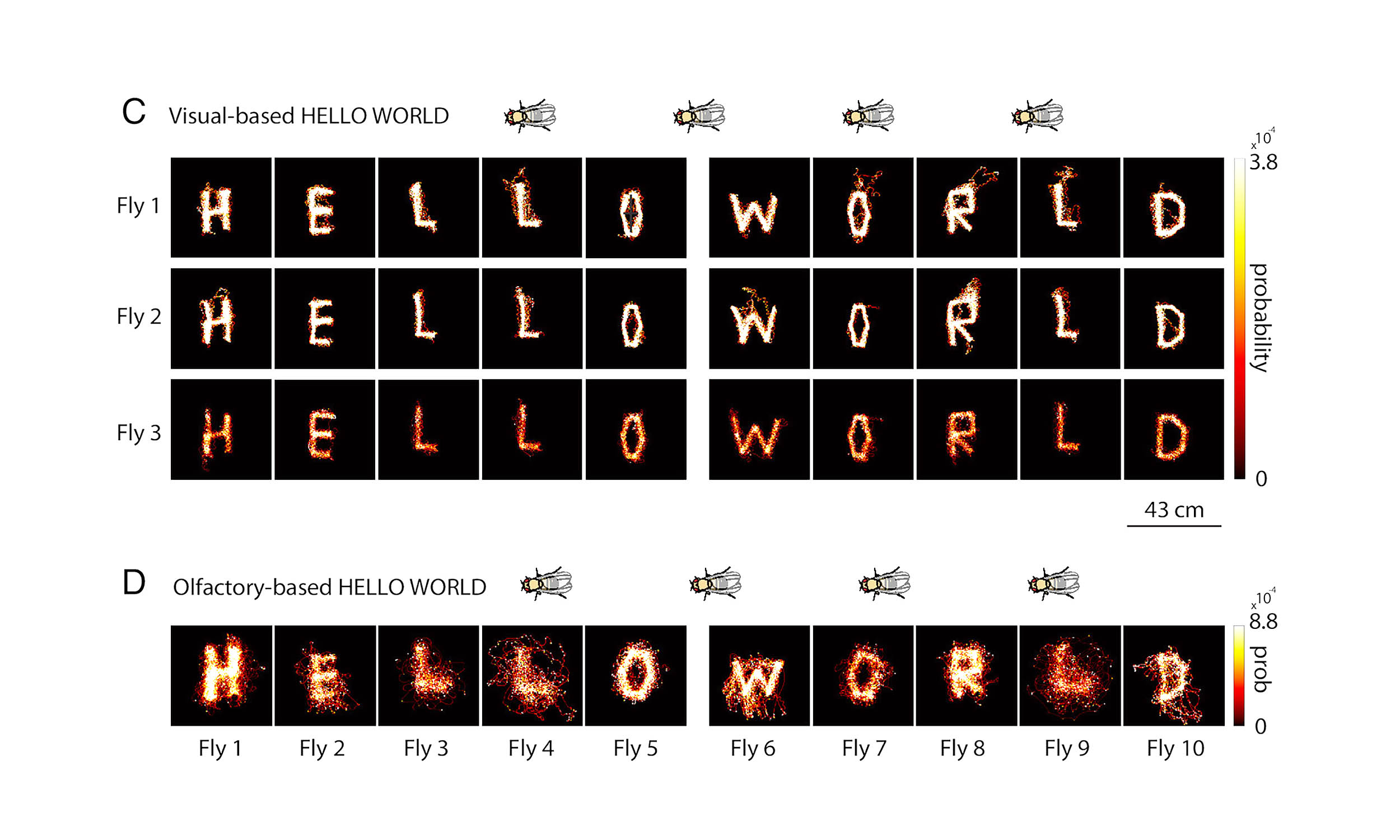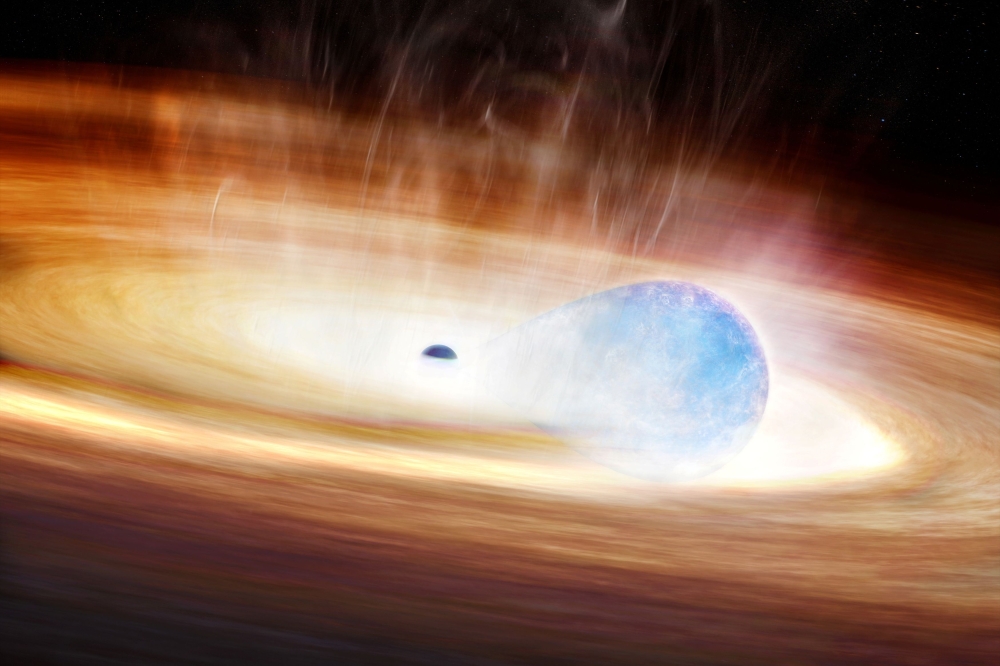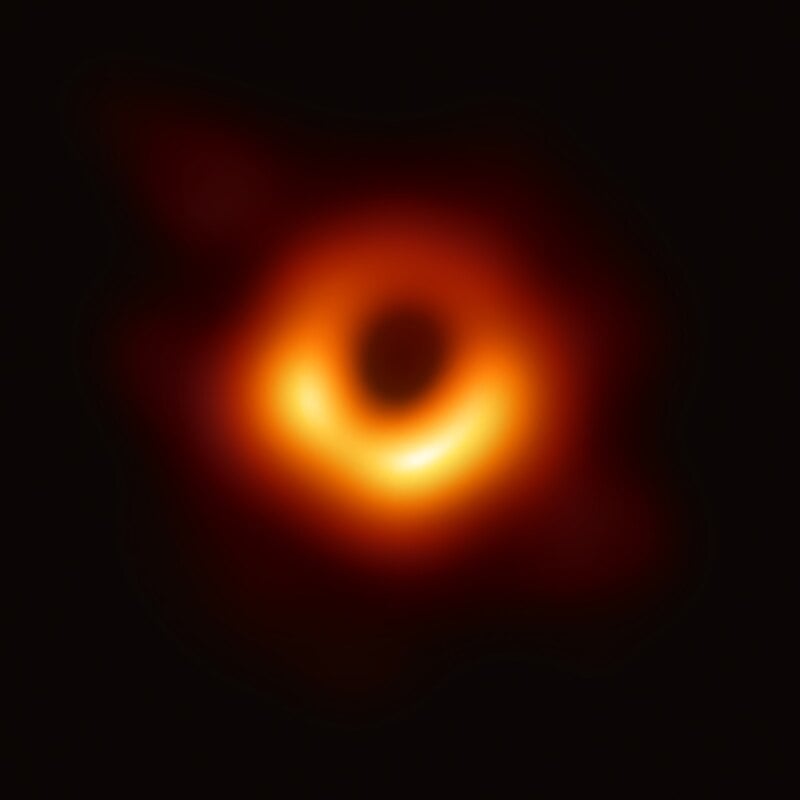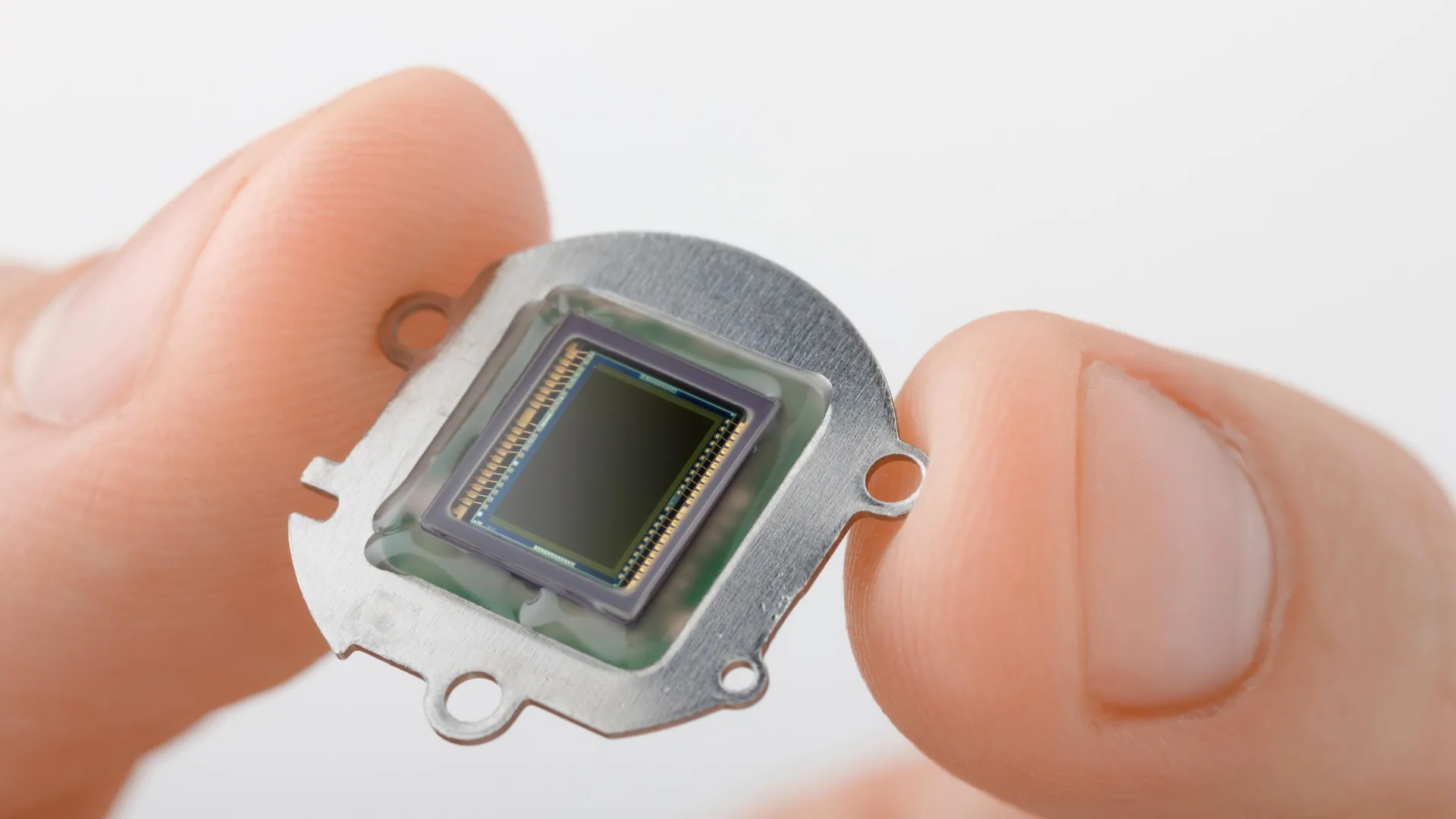Jupiter's Shocking Plasma Waves: NASA's Juno Discovers the Unseen!

What if I told you that the mysteries of the universe are still unfolding, and we’ve just scratched the surface? Using data from NASA’s Juno spacecraft, researchers have made an astonishing discovery: a brand new type of plasma wave in the auroral zones above Jupiter’s north pole.
Dr. Ali Sulaiman, a dedicated researcher at the University of Minnesota, explained, “The NASA/ESA/CSA James Webb Space Telescope has given us some infrared images of the aurora, but Juno is the first spacecraft in a polar orbit around Jupiter.” This groundbreaking move has opened up a new frontier in our understanding of not just Jupiter, but of magnetized planets in general.
So, what exactly is plasma? It’s a superheated state of matter where atoms break apart into electrons and ions, creating a whirlwind of charged particles. These particles zip around, catapulting toward the planet’s atmosphere and causing the gases to ignite in a spectacular display, similar to what we see on Earth as vibrant green and blue lights in the night sky.
However, here’s the twist: While Earth’s auroras are stunning and visible to the naked eye, Jupiter’s auroras are typically invisible, only detectable through the use of UV and infrared instruments. This is where Juno steps in. The spacecraft's unique vantage point has allowed scientists to witness aspects of Jupiter’s environment that have long remained hidden.
The research team found that Jupiter’s polar plasma is characterized by an extremely low density, combined with its immensely powerful magnetic field, resulting in plasma waves with frequencies unlike anything we’ve ever observed around Earth. Professor Robert Lysak of the University of Minnesota elaborated, “While plasma can behave like a fluid, it is also influenced by its own magnetic fields and external fields.”
This study reveals how Jupiter’s intricate magnetic field system facilitates the influx of particles into its polar cap. In contrast to Earth, where auroras form a familiar donut shape around the polar cap, Jupiter’s auroras follow an entirely different pattern.
As Juno continues its mission, the team is optimistic about gathering more data to delve deeper into this newly discovered phenomenon. Their findings were published on July 16, 2025, in the journal Physical Review Letters. The universe is vast, and each discovery brings us a step closer to understanding the wonders that lie beyond our planet.











